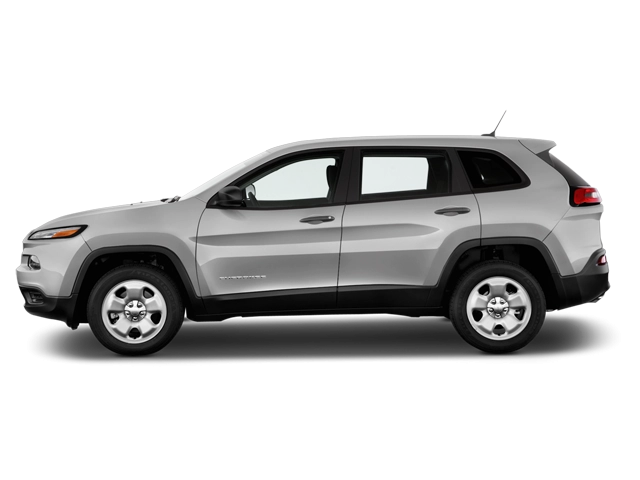2018 Jeep Cherokee Owner's Manual

Table of Contents
2018 Jeep Cherokee Overview
Introduction
The 2018 Jeep Cherokee is a versatile compact SUV designed to tackle a variety of terrains while providing comfortable everyday use. Blending rugged capabilities with modern aesthetics, the Cherokee is perfect for adventurous spirits and families alike. This iteration continues Jeep’s legacy of off-road excellence while enhancing features that cater to everyday driving needs.
Powertrains
The 2018 Cherokee offers two robust powertrain options to suit different driving preferences. The base model is equipped with a 2.4-liter four-cylinder engine that delivers a commendable 184 horsepower and 171 lb-ft of torque, perfect for daily commutes. For those seeking more muscular performance, an available 3.2-liter V6 engine produces 271 horsepower and 239 lb-ft of torque, providing enhanced capability especially when towing. Both engines come with a standard nine-speed automatic transmission, ensuring smooth shifting and optimal fuel efficiency.
Trims
This model is available in five distinct trims: Latitude, Latitude Plus, Limited, Trailhawk, and Overland, each offering a unique set of features. The Latitude serves as the base trim with essential technology, while the Latitude Plus adds upgraded interior materials. The Limited trim heightens luxury with leather upholstery, whereas the Trailhawk is geared for off-road enthusiasts with its enhanced suspension and skid plates. The Overland trim epitomizes luxury, showcasing premium features like a panoramic sunroof and advanced safety technology.
Features
The 2018 Jeep Cherokee is loaded with impressive features, including Uconnect infotainment system for seamless connectivity, available navigation, and smartphone integration via Apple CarPlay and Android Auto. Safety features such as adaptive cruise control, blind-spot monitoring, and rear cross-traffic alert ensure peace of mind on every journey.
Owner's Manual
The owner’s manual for the 2018 Jeep Cherokee serves as a comprehensive guide to the vehicle’s features, maintenance schedules, and troubleshooting advice, providing crucial information to enhance the ownership experience. Whether you're familiarizing yourself with the advanced technology or understanding the intricacies of off-road driving, the manual caters to every need.
User manual download
The Jeep Cherokee owner manual for the 2018 model year is to be found in PDF downloadable format on this page. The owner manual for the model year 2018 is free and in English, but the repair manuals are usually not easy to get and may cost more.
Manual Questions
Fill the form below and someone will help you!

